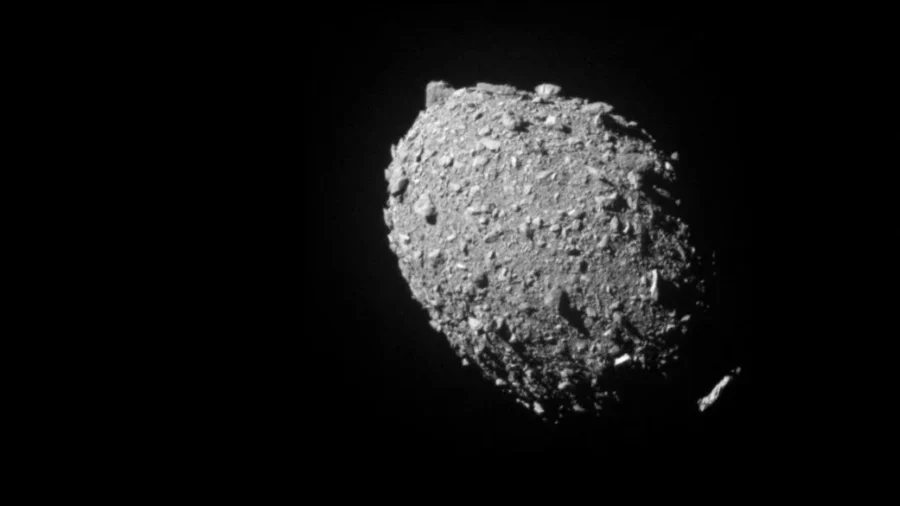Physicists with the New Mexico-based Sandia National Laboratories have unveiled a new approach to potentially save Earth from asteroid impacts, they said Monday, announcing their latest research.
According to physicist Nathan Moore, the most effective strategy may involve a coordinated nuclear response, which researchers say is based on extensive prior data.
A nuclear explosion would seek to redirect an asteroid without splitting it into equally deadly floating pieces, so researchers studied the effects of X-ray bursts on a mock asteroid to predict how an actual asteroid would respond to nuclear explosions.
The research follows a 2023 report by the National Academy of Sciences that emphasized planetary defense as a national priority.
According to NASA’s ongoing sky survey, an estimated 25,000 objects large enough to cause varying degrees of destruction could come within close range of Earth, but only about one-third are currently detected and tracked.
Moore said preparedness is key, stating, “We don’t want to wait for a large asteroid to show up and then scramble for the right method to deflect it.”
Z Machine—Pulsed-Power Device
His team has conducted experiments using Sandia’s Z machine, the world’s most powerful pulsed-power device, to study the deflection of synthetic asteroids.
Sandia is one of three research and development labs belonging to the National Nuclear Security Administration of the U.S. Department of Energy.
Moore and his team created a model mimicking the effects of nuclear-intensity explosions redirecting an asteroid in free-floating space. They did so by developing a method that records the change in momentum imparted to mock-asteroid material when subjected to powerful X-ray pulses generated by the Z machine.
This technique, dubbed “X-ray scissors,” temporarily eliminates the effects of friction and gravity for just a few microseconds to simulate the conditions of redirecting an asteroid in space.
“I started working through the logic of how I could deflect a miniature asteroid in a laboratory just like in outer space,” Moore said.
One issue the researchers found is that in a lab, everything is pulled down by Earth’s gravity, unlike an asteroid in space, which is free-floating.
The key innovation was to release the mock asteroid into a vacuum, allowing it to move freely as it would in space, according to the team of physicists.
In their experiments, the team placed a tenth of a gram of asteroid-like material (silica) in the Z machine’s target chamber, which reaches the temperate of the sun. The material was suspended by extremely fine foil that vaporized instantly when Z is fired, leaving the sample free-floating as the X-ray burst struck it.
“A mock asteroid is suspended in space,” Moore said. “For a one-nanometer fall, we can ignore Earth’s gravity for 20 millionths of a second as Z produces a burst of X-rays that sweeps over the mock-asteroid surface 12.5 millimeters across, about the width of a finger.”
Asteroid ‘Rubble Piles’
The experiments, reported in the Sept. 25 issue of Nature Physics, allow physicists to now reference a database of induced changes in asteroidal velocity, which they say can be referred to if an actual asteroid threat is detected.
However, according to Moore, some asteroids are more like “rubble piles” that are held together loosely, which would require more complex calculations.
He also said that while NASA has completed one practice mission using a deflection method known as kinetic impact, the method doesn’t measure up to some of the most Earth-threatening asteroids. Also, such missions are costly and rare, he noted.
The research team is also investigating the fundamental properties of asteroid material under extreme conditions, including how pressure, density, and temperature relationships change during deflection.
The findings could reveal new understandings beyond asteroid defense, as the research relates to planetary formation, impacts, and even the design of future fusion reactor walls, according to researchers.

